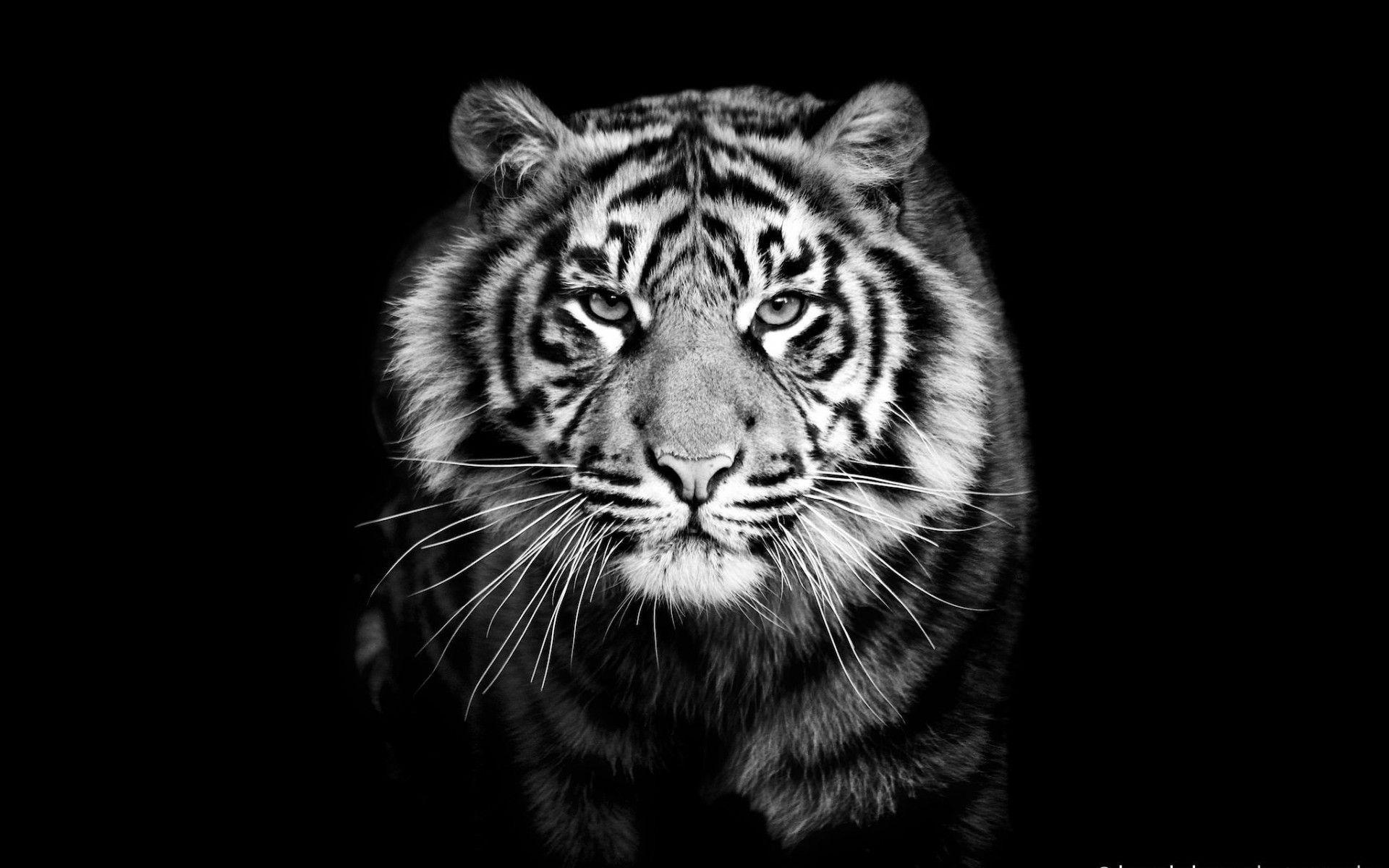Let me tell you something, folks. When we talk about black and tiger, we're diving headfirst into a world of fascination, mystery, and raw power. These majestic creatures aren’t just animals—they’re symbols of strength, grace, and survival. Imagine standing in the heart of the jungle, the air thick with anticipation, as a black and tiger prowls silently through the shadows. It's not just an encounter; it’s an experience that stays with you forever.
But here's the thing: black and tiger isn’t just about big cats. It’s about the intricate web of nature, the delicate balance of ecosystems, and the urgent need to protect these incredible beings. In this article, we’ll explore everything you need to know about black and tiger, from their biology to their cultural significance and the challenges they face in the wild. So buckle up, because this is going to be one wild ride!
Before we dive deeper, let’s set the stage. Black and tiger are more than just predators—they’re architects of their environment. They shape the landscape around them, influencing everything from herbivore populations to vegetation growth. This isn’t just science; it’s survival. And understanding their role is crucial if we want to preserve the beauty of our planet.
Read also:Remembering Paul Walker The Impact Of His Untimely Death
Understanding the Black and Tiger Phenomenon
Let's break it down. What exactly is a black and tiger? Simply put, it’s a melanistic variation of the Bengal tiger, a genetic anomaly that gives its coat an almost entirely black appearance. But don’t be fooled by the name—these aren’t entirely black. Beneath the dark fur, those iconic stripes still shine through, creating a mesmerizing pattern that’s both haunting and beautiful. This phenomenon occurs due to a recessive gene, making it incredibly rare in the wild.
Why Are Black and Tigers So Rare?
Here's where things get interesting. The rarity of black and tigers comes down to genetics. For a tiger to be born with melanism, both parents must carry the recessive gene responsible for this trait. Think of it like flipping a coin twice and getting heads both times—it’s not impossible, but it’s definitely uncommon. In fact, researchers estimate that only about one in every ten thousand tigers exhibits melanism in the wild.
Now, imagine spotting one of these elusive creatures in the wild. It’s like finding a needle in a haystack, except the needle is a 500-pound predator with teeth sharper than a Ginsu knife. This rarity makes black and tigers even more special, and it’s one of the reasons why conservationists are working tirelessly to protect them.
Biological Marvels: The Science Behind Black and Tigers
Let’s talk science for a moment. Melanism in tigers is caused by a mutation in the MC1R gene, the same gene responsible for melanism in other animals like leopards and jaguars. This mutation increases the production of melanin, the pigment that gives color to fur, skin, and eyes. As a result, black and tigers have a darker coat that helps them blend into the shadows, giving them an advantage in hunting.
- Melanistic tigers are more effective hunters in dense forests due to their camouflage.
- They have slightly better thermoregulation in colder climates because of their darker fur.
- Despite their advantages, melanistic tigers face challenges in finding mates due to their rarity.
But here’s the kicker: melanism isn’t all sunshine and rainbows. While it provides camouflage in certain environments, it can make black and tigers more visible in open areas, increasing their vulnerability to poachers. This genetic quirk is a double-edged sword, and it highlights the complex relationship between nature and survival.
Black and Tiger in Culture and Mythology
Throughout history, tigers—especially rare variants like black and tigers—have held a special place in human culture. In many Asian traditions, the tiger is seen as a symbol of strength, courage, and protection. Black and tigers, with their mysterious appearance, take this symbolism to another level. They’re often depicted as guardians of the forest, spirits of the night, or even embodiments of divine power.
Read also:Big Booty Bailey Videos A Comprehensive Guide To Her Rise Impact And Popularity
Legends of the Black and Tiger
In some folklore, black and tigers are believed to have magical abilities, such as the power to control the weather or protect villages from evil spirits. These stories have been passed down through generations, weaving black and tigers into the fabric of cultural identity. For example, in certain parts of India, spotting a black and tiger is considered a sign of good fortune, a blessing from the gods.
But not all stories are positive. In some regions, black and tigers are feared as omens of bad luck or harbingers of disaster. This duality reflects the complex relationship humans have with these powerful animals. They’re both revered and feared, admired and misunderstood.
The Conservation Challenge: Protecting Black and Tigers
Now, let’s get real for a moment. Black and tigers, like all tigers, face significant threats in the wild. Habitat loss, poaching, and climate change are just a few of the challenges they encounter every day. According to the World Wildlife Fund (WWF), there are fewer than 4,000 wild tigers left in the world, and black and tigers make up an even smaller fraction of that number.
What’s Being Done to Save Them?
Thankfully, there are organizations and governments working hard to protect these magnificent creatures. Conservation efforts include:
- Establishing protected reserves and national parks to safeguard tiger habitats.
- Implementing anti-poaching measures and increasing law enforcement in vulnerable areas.
- Supporting community-based conservation programs that empower local populations to coexist with wildlife.
One success story comes from India’s Jim Corbett National Park, where conservationists have successfully increased tiger populations through habitat restoration and community engagement. While there’s still a long way to go, these efforts give us hope for the future of black and tigers.
Black and Tiger in Captivity: A Double-Edged Sword
Let’s talk about black and tigers in captivity. On one hand, zoos and wildlife sanctuaries provide a safe haven for these rare creatures, allowing them to thrive in environments free from poachers and habitat destruction. On the other hand, captivity raises ethical questions about the welfare of these animals and their role in conservation.
Some argue that captivity is necessary for breeding programs aimed at increasing tiger populations. Others believe that keeping such majestic animals in enclosures, no matter how spacious, is inherently wrong. It’s a debate that continues to rage in the conservation community, and there’s no easy answer.
Notable Black and Tigers in Captivity
One of the most famous black and tigers in captivity is a male named Shadow, who resides at the Big Cat Rescue in Florida. Shadow’s striking appearance and gentle demeanor have made him a fan favorite, drawing visitors from all over the world. His story serves as a reminder of the beauty and fragility of these animals, and the responsibility we have to protect them.
Black and Tiger vs. Other Big Cats
When it comes to big cats, black and tigers stand out in more ways than one. While they share similarities with other felines like lions and leopards, their melanism sets them apart. Let’s compare:
- Tigers: Known for their solitary nature and impressive hunting skills.
- Lions: Social animals that live in prides and rely on teamwork to hunt.
- Leopards: Smaller and more agile, leopards are masters of stealth and ambush.
Black and tigers, with their unique coloration and elusive behavior, occupy a special niche in the world of big cats. They’re a testament to the diversity and wonder of the animal kingdom.
Black and Tiger in the Wild: Where to Spot Them
If you’re lucky enough to spot a black and tiger in the wild, consider yourself incredibly fortunate. These elusive creatures are most commonly found in dense forests and mountainous regions, where their dark coats help them blend into the shadows. Some of the best places to see them include:
- Sundarbans National Park, India
- Jim Corbett National Park, India
- Chitwan National Park, Nepal
But remember, spotting a black and tiger in the wild is no small feat. It requires patience, perseverance, and a bit of luck. So if you ever find yourself in one of these locations, keep your eyes peeled and your camera ready!
The Future of Black and Tigers
As we look to the future, the fate of black and tigers hangs in the balance. While conservation efforts have made significant progress, much work remains to be done. The key to their survival lies in protecting their habitats, combating poaching, and raising awareness about their importance.
How You Can Help
There are plenty of ways you can contribute to the conservation of black and tigers:
- Support reputable organizations like the WWF or Panthera.
- Spread awareness about the challenges facing tigers and the importance of conservation.
- Reduce your carbon footprint to help combat climate change, which threatens tiger habitats.
Every small action counts, and together, we can make a difference for these incredible animals.
Conclusion: The Majestic Legacy of Black and Tigers
Let’s recap for a moment. Black and tigers are more than just rare animals—they’re symbols of nature’s beauty, complexity, and resilience. From their genetic uniqueness to their cultural significance, these creatures capture the imagination and inspire action. But their survival depends on us, the humans who share this planet with them.
So here’s what I want you to do: take a moment to think about the impact you can have. Whether it’s supporting conservation efforts, spreading awareness, or simply appreciating the wonder of these animals, your actions matter. Share this article with your friends, leave a comment below, and let’s keep the conversation going. Because when it comes to black and tigers, the future is in our hands.
Table of Contents
- Understanding the Black and Tiger Phenomenon
- Why Are Black and Tigers So Rare?
- Biological Marvels: The Science Behind Black and Tigers
- Black and Tiger in Culture and Mythology
- Legends of the Black and Tiger
- The Conservation Challenge: Protecting Black and Tigers
- Black and Tiger in Captivity: A Double-Edged Sword
- Notable Black and Tigers in Captivity
- Black and Tiger vs. Other Big Cats
- Black and Tiger in the Wild: Where to Spot Them


